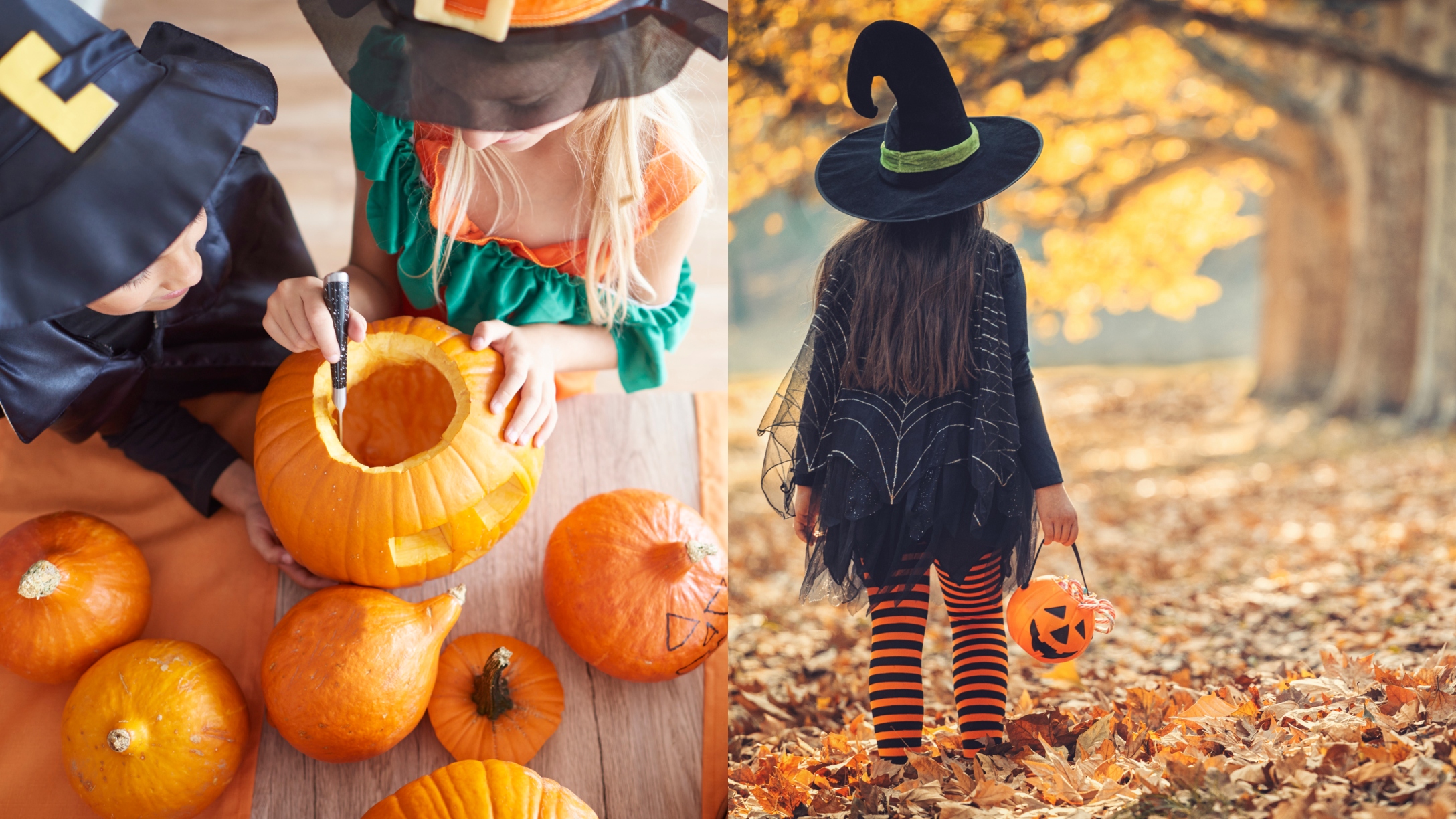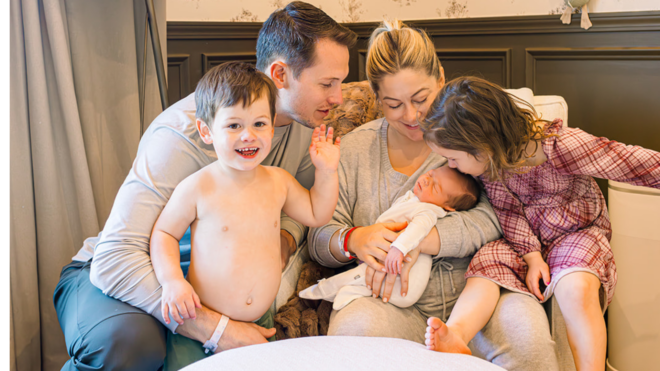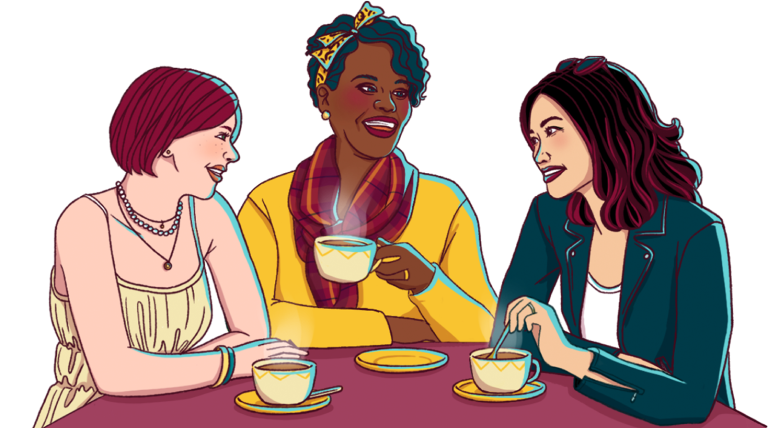
In the summer, we get warnings about how to protect our children: Layer up on the sunscreen, practice pool and beach safety, and stay hydrated. But now that fall has arrived, according to pediatricians, there are new precautions to take for your kid’s safety as the leaves change color, children go back to school, and parents plot the perfect Halloween costume.
Emergency room pediatricians are issuing warnings about some of our favorite fall activities and have some suggestions on how we can all keep our kids safe.
Trick or Treating
October comes with a lot of festivities but there are also potential dangers. Instead of being worried about poisoned candy, pediatricians say the real dangers lie in certain types of costumes and the lack of pedestrian safety measures. Dr. Daniel Corwin, emergency department lead at the Children’s Hospital of Philadelphia, told Today that while trick or treating is happening, many motorists can’t see children and the children can’t see them either.
The risk of pedestrian death is 43% higher on Halloween compared to other nights, according to JAMA Pediatrics. Parents can help by dressing their children in bright or reflective costumes and giving them trick-or-treat bags that reflect light. Also be sure that your children’s vision is not obscured by the costume so they can see any cars that may approach. Additionally, children should use the sidewalks and crosswalks.
More from CafeMom: ‘Scarred’ Mortician Mom Dishes on the Deadly Snacks Her Kids Are Never Ever Allowed To Eat
Pumpkin Carving
Nothing says Halloween quite like a glowing jack-o’-lantern. The tradition is a great time for family bonding, but using sharp knives requires supervision and even extra precautions for adults. A 2022 study in the American Journal of Emergency Medicine found there were 20,579 pumpkin/knife related injuries from 2012 to 2021, with peak incidents on October 30.
Sadly, children 10 to 19 years old were the ones most often injured. Generally, carving should be left to the adult. Kids can do the prep work, such as scooping out the pumpkin’s insides and crafting the final design.
Sending Sick Kids to School
Dealing with a sick child as a working parent means you have to juggle and shift your day-to-day schedule. But for the good of your child and their school community, keep kids home when they’re sick and until their symptoms subside. Fall marks the onset of respiratory viruses, the flu, a spike in COVID-19 cases, and regular colds. Corwin said the surge in respiratory viruses coincides with the first two weeks of school, so prepare yourself.
Sending your children to school when they’re sick can prolong their recovery and spread the infection to other children, their families, and other adults in the building. Make sure your child is up to date on vaccines and washes hands frequently, especially after using the bathroom and before eating.
Playing Sports Without Using Protective Equipment or Using it Improperly
The beginning of the school year is often accompanied by the onset of organized sports season. Sports are an effective way for children to learn social skills, how to work with others to accomplish a common goal, and much more. But the season often comes with an increase in musculoskeletal injuries along with concussions, according to Corwin. The ER doctor said it’s important for parents to recognize the signs of traumatic brain injuries and concussions.
Children with these symptoms should be evaluated and cleared before they resume playing. They must wear appropriate-sized protective equipment, including helmets, pads, guards and more. Children should also be clear about proper technique, especially when it comes to tackling in football, and should be informed about the importance of stretching before physical activity.
Lack of Fire Safety
Fireworks and barbecues will likely be replaced by cozy bonfires in the fall, but burns are the fifth most common nonfatal injury among children, according to the World Health Organization. Adult supervision around an open flame is vital. The US Fire Administration advises that children remain at least 3 feet away from any fire.
“Kids (should) recognize that not just fire is hot, but also anything near the fire is hot,” said Dr. Sage Myers, an emergency medicine physician at the Children’s Hospital of Philadelphia, per Today. That means objects near the fire, structures covering the fire pit, coals, embers, etc., should come with a warning.




